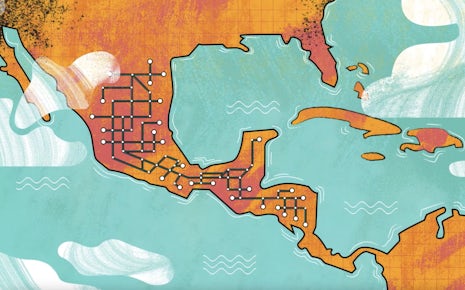The challenge

Cybercrime is not just malware or hackers that infiltrate high-security servers in defence departments to exfiltrate classified information. It can range from cloning citizens’ credit cards for financial gain or stealing users’ identities on social media to heinous crimes such as child pornography online. Regardless of the specific definition of cybercrime that one may adopt, criminal activities that involve computers and information systems are less a technical matter than a policy issue: one that requires appropriate laws, expertise and international cooperation.
Cybercrime undermines the economic growth of our economies and the well-being of our citizens. For small and medium enterprises as well as for large multinationals, criminal activities in cyberspace can have significant impacts. Up from US$3 trillion in 2015, cybercrime will cost the world US$6 trillion annually by 2021. According to forecasts, from 2019 to 2023 approximately US$5.2 trillion in global value will be at risk from cyberattacks, meaning that cybercrime will transfer huge resources away from communities, development policies or projects and into the pockets of cybercriminals.
Several countries have taken up the challenge and adopted substantive criminal law provisions, enhanced the ability of their law enforcement agencies to investigate cyber offences, and increased the level of public awareness of the threats. Many have also benefited from accession to the Budapest Convention on Cybercrime, the first international treaty on crimes committed via the Internet and computer networks, notably regarding breaches in information networks, copyright infringements, computer-related fraud and child pornography.
Unfortunately, not all countries possess the tools needed to fight cybercrime. While cybercriminals know no borders, they can mask their identity online or can take advantage of gaps in national legislation to attack where information systems are more vulnerable. National law enforcement agencies and courts may find it extremely difficult to investigate and prosecute those crimes.




